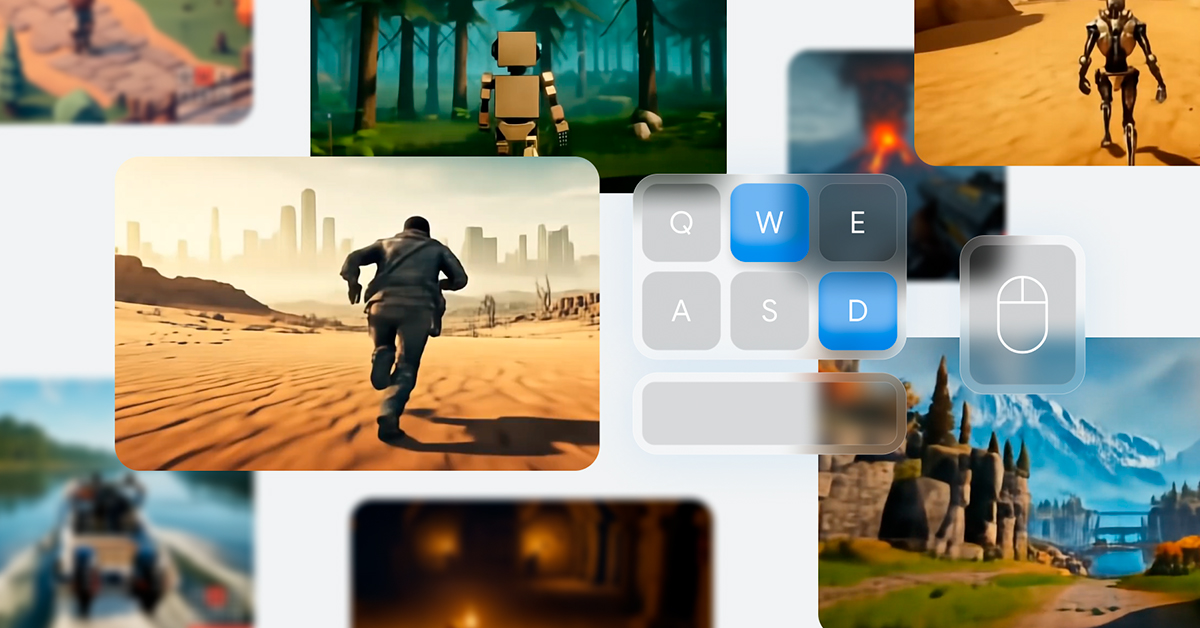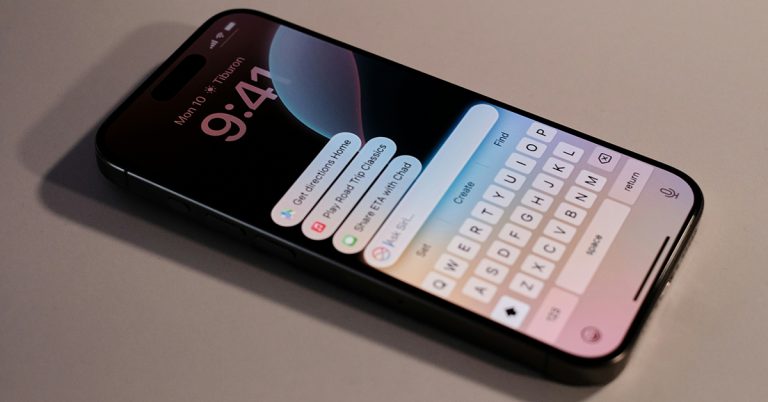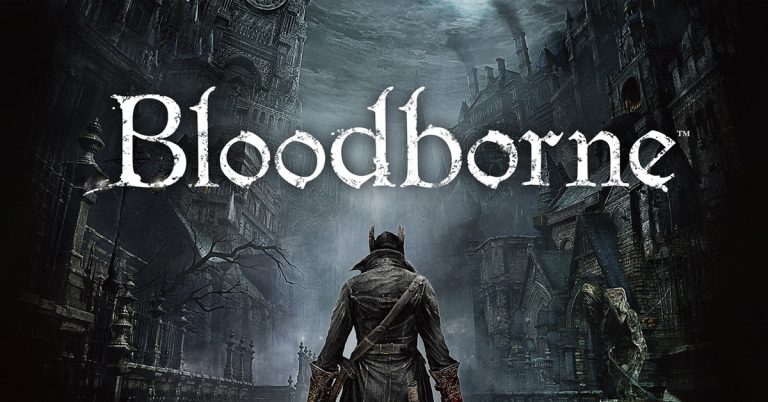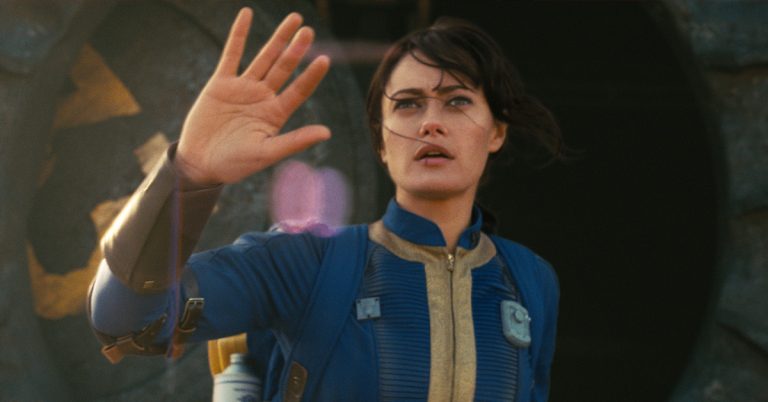Google Genie 2: The Future of Game Design
Google DeepMind has unveiled Genie 2, an AI model that can create interactive 3D game worlds from simple prompts like text, images, or even rough sketches. This groundbreaking tool could redefine game design, making it accessible to creators of all skill levels while offering new opportunities for industries like education and virtual training.
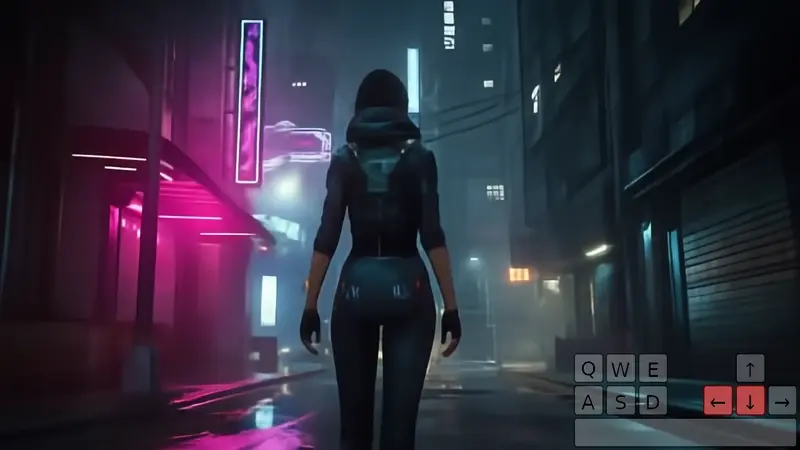
How It Works
Genie 2 builds on the original Genie model, leveraging AI to simulate physics, lighting, animations, and even NPC behaviors. For instance, a user can describe a setting like “a robot exploring ancient ruins,” and the system generates a playable world with functional elements, such as interactive doors and terrain. This technology relies on Google’s Imagen2, which transforms text or sketches into visuals, serving as the basis for Genie’s interactive environments.
Potential Impact
This innovation could democratize game creation, empowering smaller studios and independent creators with tools previously accessible only to major developers. Additionally, Genie 2’s versatility could drive advancements in the metaverse and virtual education by enabling the rapid creation of immersive environments.
Challenges Ahead
While promising, Genie 2 isn’t without hurdles. Critics are scrutinizing the use of training data amid ongoing debates about AI and copyright. Moreover, the system’s output, while impressive, isn’t immune to errors or unexpected quirks, like mismatched textures or unintentionally surreal landscapes.
As the gaming and tech industries embrace AI-driven tools, Genie 2 exemplifies how such innovations could shape the future. Its potential to simplify game creation and expand access is undeniable, but the journey toward seamless, ethical implementation remains a challenge.

